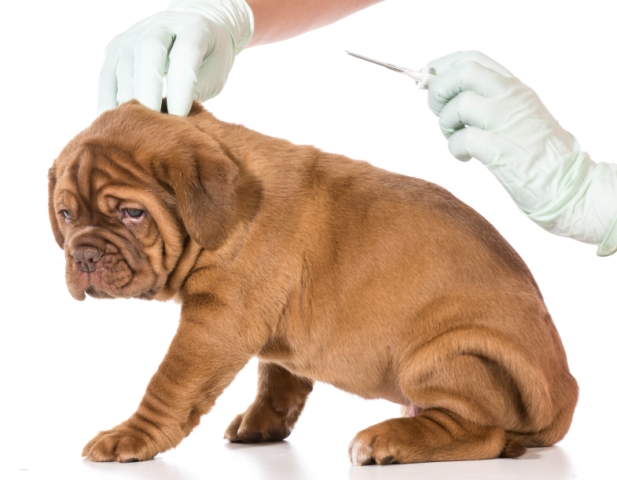 Council highly recommends microchipping your pet to make it easier for lost animals to be reunited with their owners.
Council highly recommends microchipping your pet to make it easier for lost animals to be reunited with their owners.
When do you need to microchip?
There are three cases when microchipping your cat or dog is mandatory:
- If your cat or dog is 12 weeks and over;
-
If a cat or dog is being sold or given away; or
-
If your dog is a declared regulated dog.
Microchip information
When an animal is implanted with a microchip, the microchip is given a unique number. The unique microchip number is different to the animal's council registration number, and can be read with a microchip reader without causing distress to the animal.
When the microchip is read, the unique microchip number can be found in a permanent identification device (PID) registry database, where it shows details about the animal, including its owner and owner's contact details.
The benefits of microchipping
A microchip is about the size of a grain of rice. Implanted by a local vet, the microchip causes no discomfort or pain to your pet. The barcode on the microchip is linked to your contact details and recorded on a microchip registry database for the life of your pet. This means your pet is permanently identified Australia-wide and can be safely returned to you even if there is no collar or Council registration tag. Once you've microchipped your pet, the registry will supply a certificate of identification for your pet.
Maintaining microchip information
Whenever you move address, contact your microchip registry to update your details as soon as possible. This will increase the chance of being reunited with your pet, should they become lost. Penalties do apply for failing to update your personal information. To find out how to contact the PID registry with your pet's details, look at the documentation you were given at the time of microchipping, or ask the person who microchipped your animal.
Microchip Registers
The difference between registration and microchipping
Dog registration is administered by your local council, and comes with a physical tag that the dog wears on a collar where it is clearly visible. When registered, your dog is listed on the local council's register, along with your contact details so that it can be returned to you if lost.
Microchipping is the insertion of a small electronic identification device into the animal's skin. With a microchip scanning device, the microchip can be read and the information about your pet can be accessed through a database anywhere across Queensland.